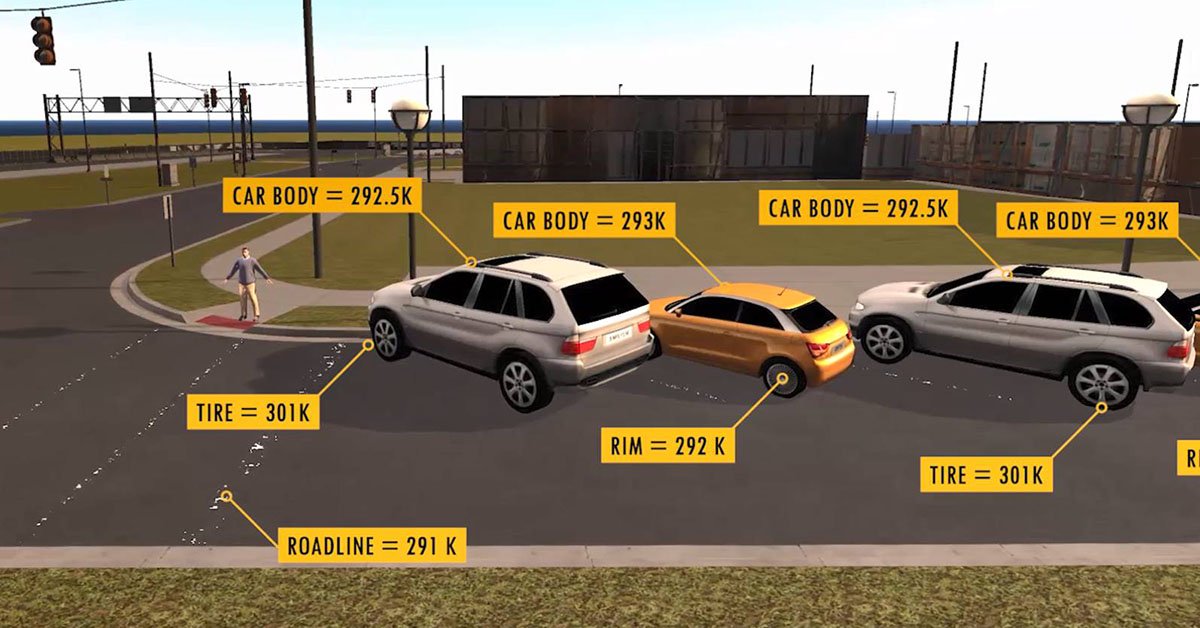
FLIR Systems and ANSYS are working together to optimize thermal camera placement in driverless vehicles for enhanced safety.
Through this newly formed partnership, the companies will deliver “superior hazard detection capabilities for assisted driving and autonomous vehicles (AVs),” according to a news release. FLIR will integrate its thermal sensor into ANSYS’ driving simulator to model, test and validate thermal camera designs within a realistic virtual world. The solution is expected to reduce development time by optimizing thermal camera placement with tools such as automatic emergency braking (AEB), pedestrian detection and within future AVs.
Integrating FLIR’s thermal sensor into ANSYS VRXPERIENCE makes it possible to simulate thousands of driving scenarios across millions of miles in a few days. Engineers also can simulate situations that are more difficult to produce, such as detecting pedestrians in crowded, low-contrast environments.
Thermal cameras can help AVs detect and classify objects where other sensors can’t, such as in darkness, shadows, sun glare and inclement weather.
“By adding ANSYS’ industry-leading simulation solutions to the existing suite of tools for physical testing, engineers, automakers and automotive suppliers can improve the safety of vehicles in all types of driving conditions,” said Frank Pennisi, President of the Industrial Business Unit at FLIR Systems, according to the release. “The industry can also recreate uncommon corner cases that are exceedingly difficult to replicate in physical environments, paving the way for improved neural networks and the performance of safety features such as AEB.”
WHAT'S NEW

